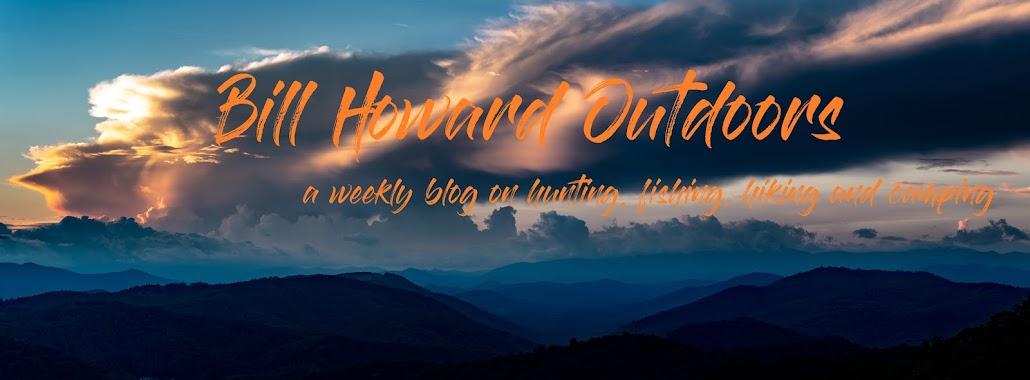Several of the outdoors and hunting blogs and forums have
discussed the movie as well. First of
all, the main character, Katniss, uses her skills in the to-the-death
competition that she learned in Appalachia while hunting and living in the
wilderness. Second, many have commented
on her (the actress) ability and technique with archery equipment. Neither disappointed the real life critics.
One of the stories not mentioned very much is the location
of the shoot. Much of the movie was shot
in the mountains of North Carolina, DuPont State Recreational Forest to be more
specific.
Why should this be of any additional interest?
DuPont State Forest began as a 3 stage purchase of land by
North Carolina from DuPont as it sold off its industrial and surrounding land
holdings. This amassed over 10000 acres
of land for the State Forest. This was a
deal involving many environment groups.
To put it short, the Conservation Fund purchased the land from DuPont as
an intermediate owner until the state of North Carolina could come up with the
funds to finish the purchase. North
Carolina used $2.2 million from the North Carolina Natural Heritage Trust Fund
to fund the project.
DuPont State Forest is a haven for all outdoors activities. Everything from hiking, fishing, mountain
biking and hunting is enjoyed there with some of the most picturesque
landscapes and waterfalls in North Carolina as well as the Eastern United States. Due to a proposed management shift for DuPont
State Forest, many of these activities were to be prohibited.
As a result, many enthusiasts from different aspects of the outdoors
would lose a valuable public area to enjoy their activities. Several of these people, who enjoyed the
DuPont State Forest for different reasons, saw a need to band together and find
a solution to keeping the land accessible and available to all. In the process hunters, hikers, mountain
bikers, horseback riders and environmentalists all would fight for the same
cause.
The different groups picked up a few backers in the North
Carolina legislature, and in 2011, DuPont State Forest was classified as DuPont
State Recreational Forest. This became
the first state recreational forest and a model for future areas. By gaining the recreational forest nomenclature,
it ensured the biking, hiking, and riding trails would remain, and hunters
would not lose valuable gamelands located within the boundaries. Best of all, it was done without in-fighting
from the different groups as things like this can tend to breed. The different groups saw the value in working
together, and were convincing in their arguments.
The now DuPont State Recreational Forest boasts not only of
the beautiful lands and waterfalls, but nearly 175000 visitors annually. 2012 may see a much larger increase in that
number. With the success of The Hunger
Games, it seems the area is welcoming many more tourists who wish to visit the
location of the movie’s setting.

